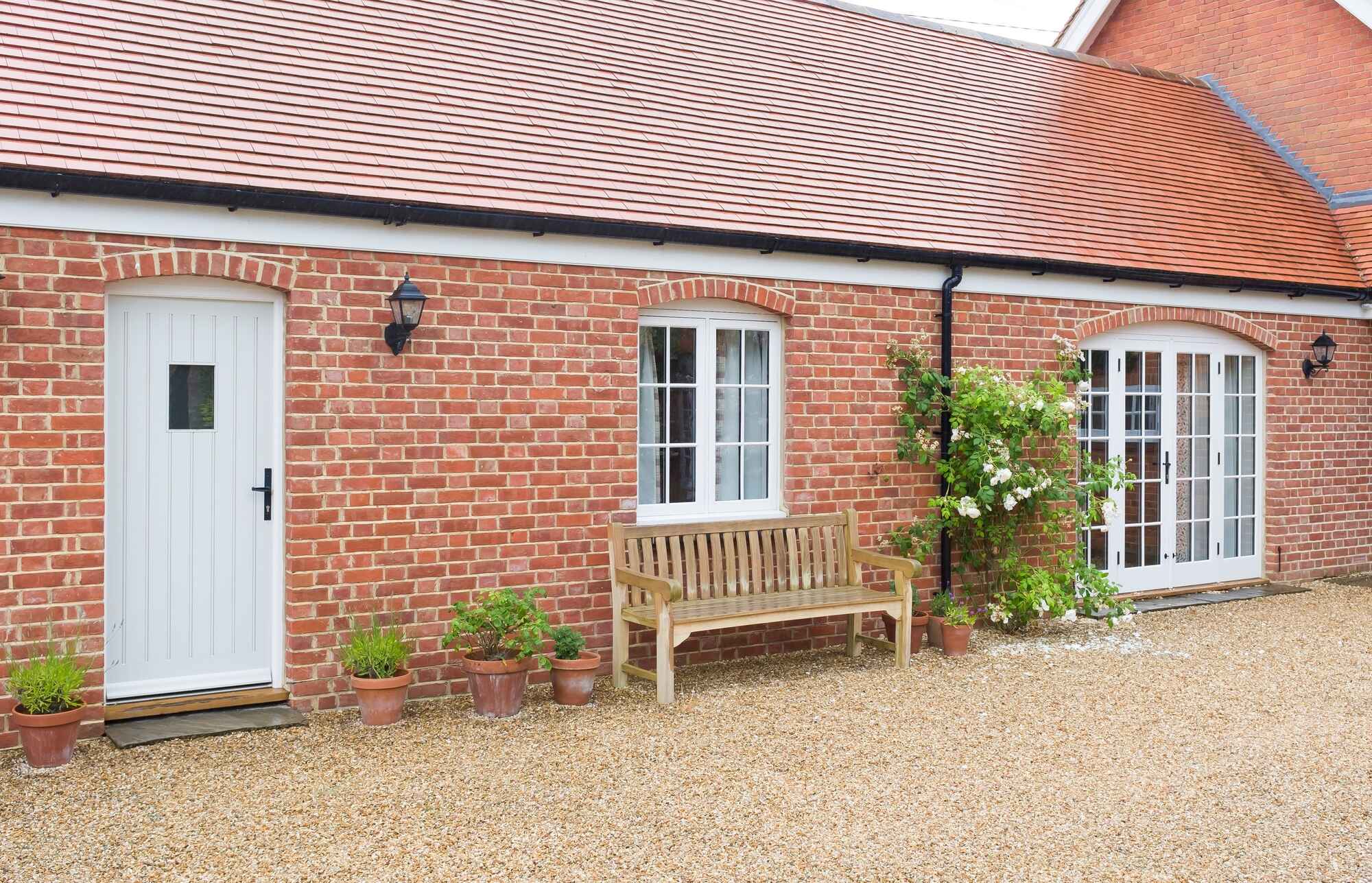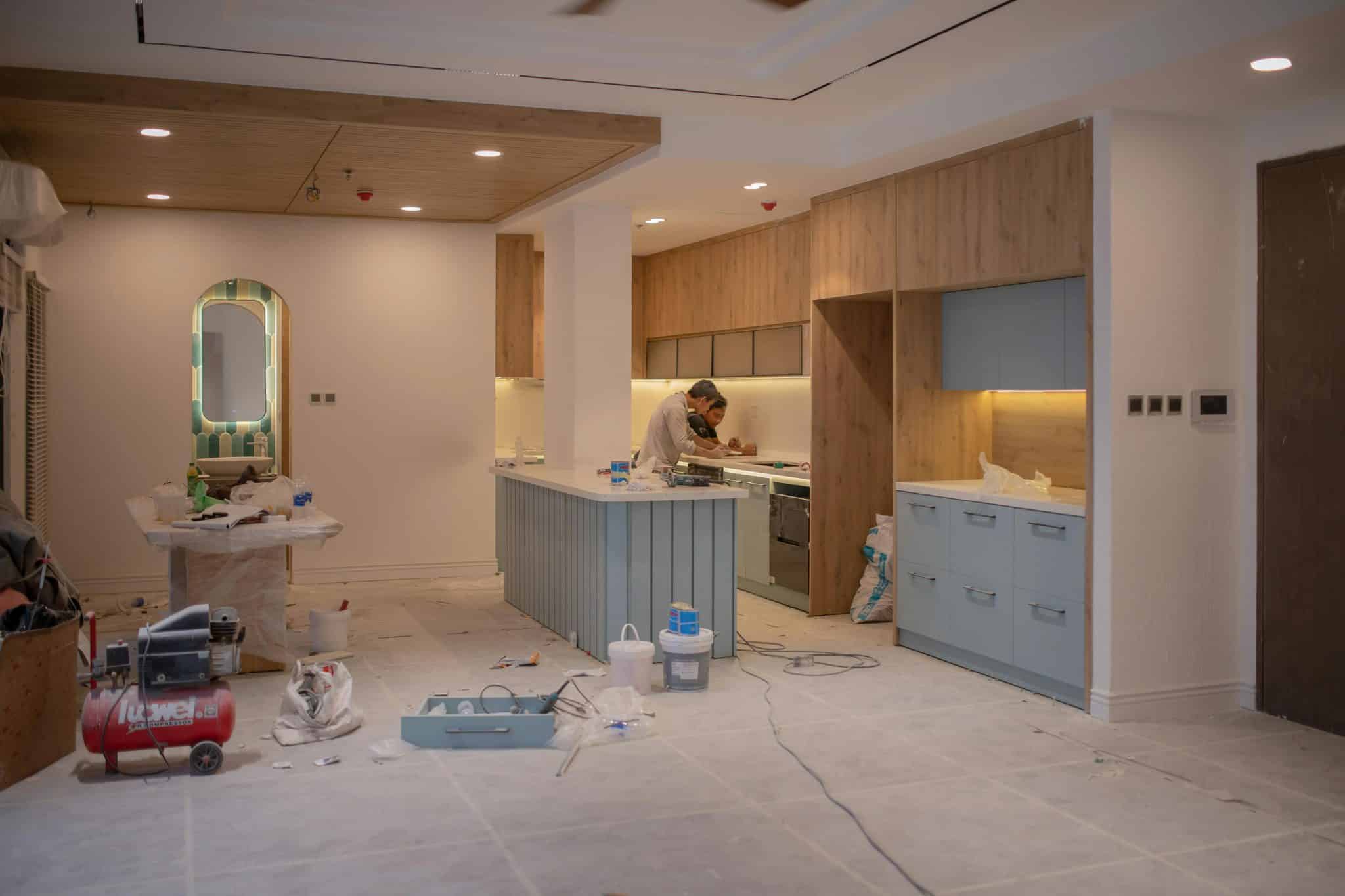When most people think of wooden sash windows, images of historic Georgian or Victorian homes often come to mind. For decades, these elegant, vertically sliding windows were synonymous with classic architecture, heritage properties, and traditional craftsmanship.
Yet in recent years, wooden sash windows have been experiencing a remarkable resurgence—not just in restoration projects, but also in cutting-edge modern homes. Architects, designers, and homeowners are recognizing that these windows combine timeless charm with contemporary performance, making them a standout feature in today’s architectural landscape.
This post explores why wooden sash windows are making a comeback, their advantages in modern architecture, and what homeowners should know before investing.
A Brief History of Wooden Sash Windows
Wooden sash windows have a rich history that dates back to the 17th century. Initially developed in England, they became a hallmark of Georgian architecture and continued to define the visual identity of Victorian and Edwardian homes. Their iconic design—two vertically sliding sashes that allow ventilation while maintaining a clean, symmetrical appearance—offered both practicality and aesthetic appeal.
Over the centuries, craftsmen perfected the art of joinery, ensuring that wooden sash windows were not only visually striking but also functional and durable. The precision of timber construction allowed these windows to open smoothly, withstand the elements, and provide natural ventilation long before the advent of modern air conditioning systems.
Although their popularity waned during the mid-20th century with the rise of low-maintenance alternatives like uPVC and aluminum, wooden sash windows never disappeared entirely. Their enduring appeal has made them a natural candidate for revival in contemporary home design.
Why Wooden Sash Windows Are Trending Again
1. Design Appeal and Timeless Elegance
One of the primary reasons wooden sash windows are experiencing a renaissance is their unmatched aesthetic appeal. Timber brings warmth, texture, and a natural elegance that no synthetic material can replicate. Architects appreciate how these windows can complement both period and modern homes, offering a balance between tradition and contemporary minimalism.
From sleek painted finishes for modern façades to rich, natural timber for rustic or classic styles, sash windows provide versatility in design that continues to captivate homeowners. Their vertical sliding motion also adds visual interest, creating dynamic lines that draw the eye and enhance a home’s architectural character.
Wooden sash windows don’t just offer functional benefits—they evoke a sense of refinement celebrated by history’s most stylish interiors. Consider Catherine the Great’s palaces, where furniture was meticulously crafted with precision, elegance, and classical influence.
Chairs, cabinets, and desks from her era showcased symmetry, high-quality materials, and intricate detailing—principles that can also be applied to window design. Choosing timber with natural warmth, elegant proportions, and fine finishes allows modern sash windows to bring a touch of historical grandeur into contemporary homes, balancing timeless sophistication with practical performance.
2. Modern Innovations in Timber Technology
Today’s wooden sash windows are not the same as those from centuries past. Advances in timber treatment, joinery, and weatherproofing have made them more durable and low-maintenance. Engineered wood and advanced finishes prevent warping, cracking, and decay, while still preserving the authentic look of solid timber.
Double and triple glazing can now be integrated seamlessly into sash windows, improving energy efficiency without compromising their classic appearance. Modern manufacturing techniques also allow for precision-engineered components that make installation smoother and operation effortless.
3. Energy Efficiency Advantages
Energy efficiency is no longer an optional feature—it’s a priority for modern homeowners. Wooden sash windows naturally insulate better than aluminum or steel due to the low thermal conductivity of timber. When combined with contemporary glazing, quality seals, and weatherproofing, they provide excellent protection against heat loss in winter and excessive heat gain in summer.
Homeowners with wooden sash windows can enjoy lower energy bills, improved indoor comfort, and reduced carbon footprints, all without sacrificing style. The resurgence of interest in timber windows is partly driven by these practical environmental benefits.
4. Environmental and Sustainability Considerations
Sustainability is another factor contributing to the comeback of wooden sash windows. Timber is a renewable resource, and responsibly sourced wood carries FSC or PEFC certification. Compared to uPVC or aluminum, wood has a significantly lower embodied energy, making it an environmentally conscious choice for both new builds and renovation projects.
Choosing sustainable timber for sash windows allows homeowners to enjoy classic aesthetics while aligning with modern green building standards and eco-friendly design trends.
5. Curb Appeal and Property Value
Wooden sash windows enhance curb appeal in ways that other window materials rarely can. The intricate detailing, natural textures, and elegant proportions of timber make homes look more inviting and refined. This visual appeal translates directly into property value, as buyers consistently recognize the quality and timeless charm of well-crafted wooden windows.
In modern architecture, architects often use sash windows to create a dialogue between the building and its environment—highlighting natural light, framing garden views, and connecting indoor and outdoor spaces seamlessly.
Modern Architectural Uses
Today, wooden sash windows are not just for heritage restorations—they are being creatively integrated into contemporary homes. Designers and architects are combining classic timber designs with open-plan interiors, maximizing natural light, and enhancing ventilation.
Modern urban developments also incorporate sash windows to break up large façades, add vertical rhythm, and create a sense of elegance in dense housing projects. When paired with minimalist cladding, glass panels, or innovative exterior finishes, sash windows offer a striking contrast that balances tradition and modernity.
These windows also work well in sustainable architecture. With energy-efficient glazing, high-quality timber, and precise sealing, wooden sash windows contribute to passive design strategies that reduce reliance on heating and cooling systems.
Practical Considerations for Homeowners
1. Maintenance Tips
While modern treatments have made wooden sash windows more durable, regular maintenance is essential for long-term performance. Homeowners should inspect for warping, check seals, and refresh varnish or paint periodically. Keeping the frames clean and dry will prolong the life of the timber and maintain smooth operation.
2. Choosing the Right Timber
Different types of wood offer varying benefits. Hardwoods such as oak, mahogany, and teak are extremely durable and provide a premium finish, while softwoods like pine or cedar are more affordable but may require additional maintenance. Choosing the right timber depends on aesthetics, budget, and climate considerations.
3. Customization Options
Wooden sash windows can be highly customized. Homeowners can select colors, glazing patterns, hardware finishes, and even decorative features such as bevels or paneling. Customization allows each window to complement the home’s overall architectural style while meeting personal preferences for light, airflow, and security.
4. Installation and Professional Advice
Expert installation is critical for wooden sash windows. Precision fitting ensures smooth operation, prevents air leakage, and maximizes energy efficiency. Professional installers also ensure that glazing, seals, and locking mechanisms are correctly integrated, providing both performance and safety benefits.
Challenges and Misconceptions
Some homeowners may hesitate to choose wooden sash windows, believing they are high-maintenance or outdated. Modern advancements have addressed these concerns. Engineered timber, high-performance finishes, and precision craftsmanship mean that today’s sash windows require far less upkeep than their historic counterparts, while delivering superior insulation and security.
Conclusion
Wooden sash windows are more than a nostalgic nod to the past—they are a practical, stylish, and sustainable solution for modern homes. Their resurgence is driven by a combination of timeless aesthetics, improved energy efficiency, environmental sustainability, and enhanced security features.
For homeowners and architects looking to blend tradition with contemporary design, wooden sash windows offer the perfect balance: visually striking, thermally efficient, and environmentally responsible. By investing in quality timber, professional installation, and regular maintenance, these windows can elevate any home while standing the test of time.
Whether you are restoring a heritage property or designing a modern residence, wooden sash windows are proving that classic design and modern performance can coexist beautifully.









One Comment
APKSmog.com is a trusted platform for APK lovers. Here you can download the latest Android apps and games for free, with safe and updated versions. If you are looking for secure APKs, then APKSmog is the best website for you.